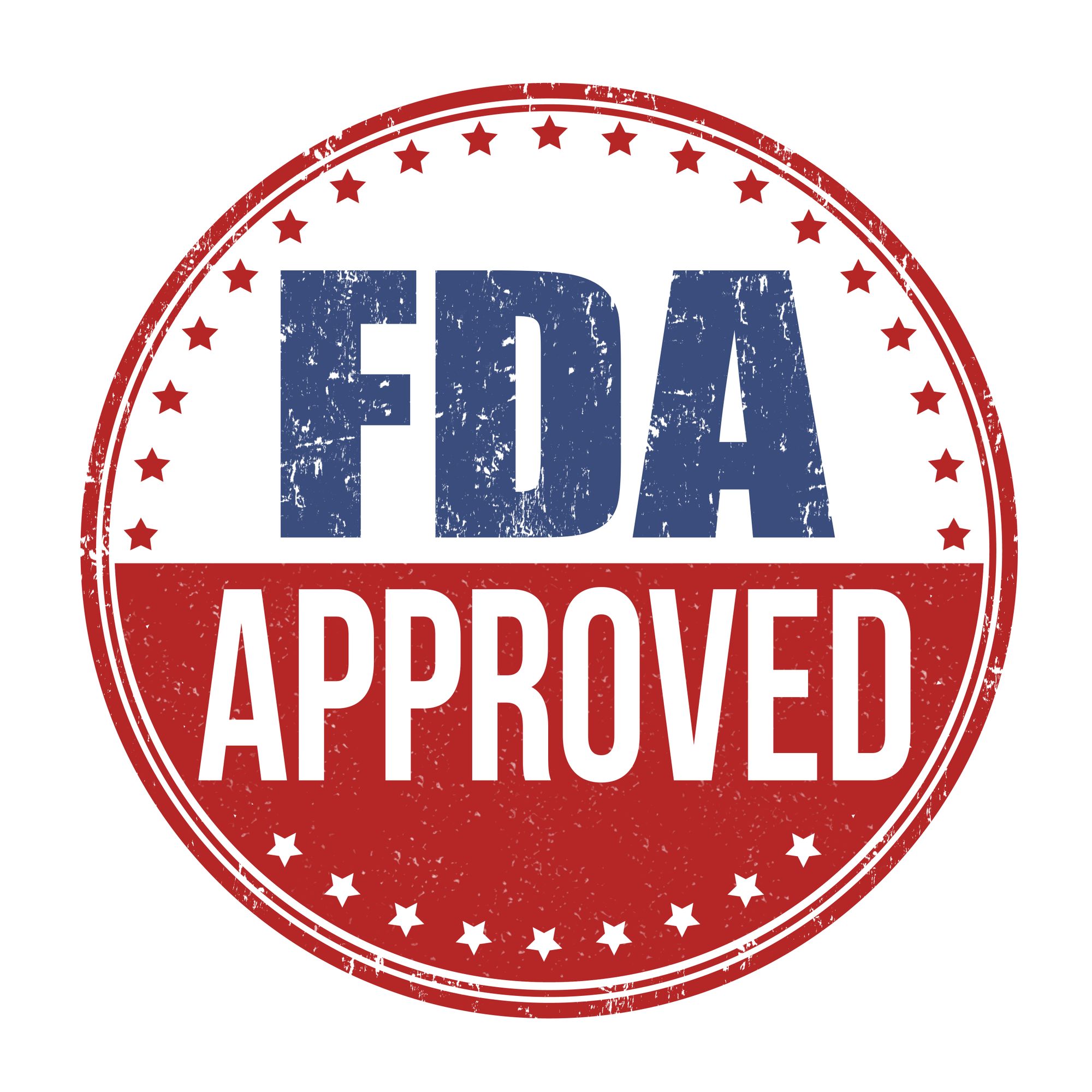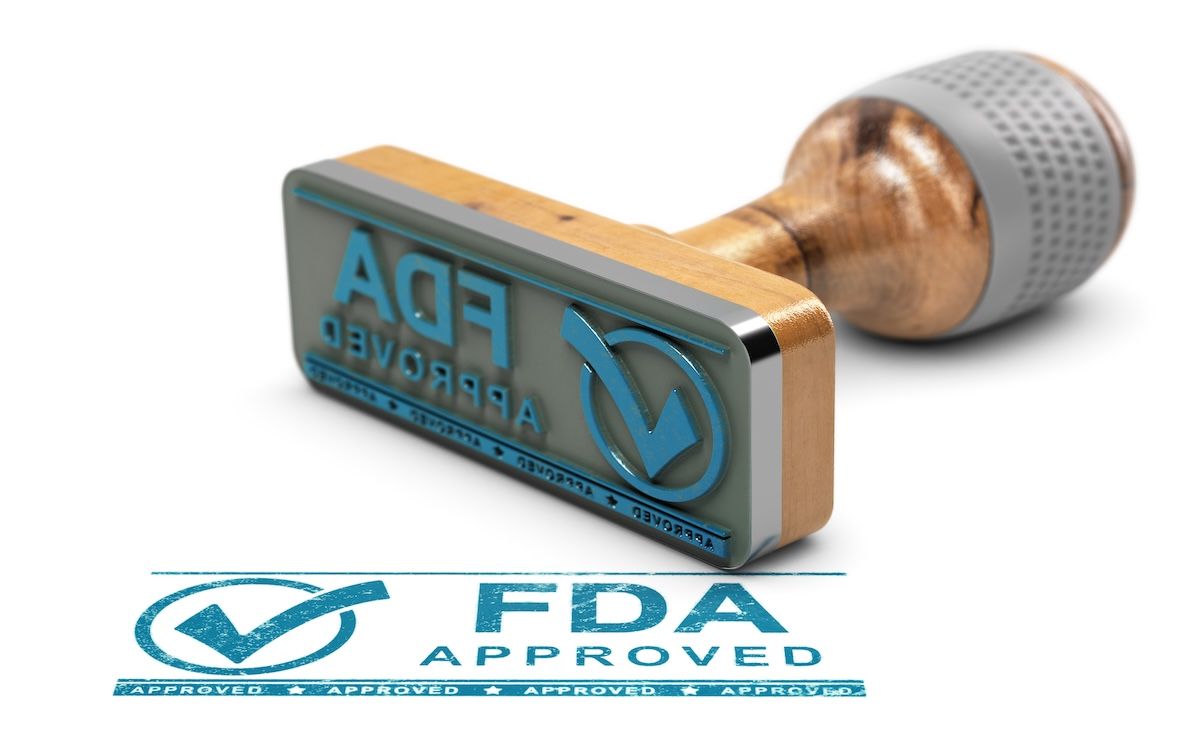Article
FDA Approves Ozanimod for Patients With RMS
Author(s):
The FDA approved Bristol Myers Squibb’s ozanimod (Zeposia) 0.92 mg as an oral treatment for relapsing forms of multiple sclerosis (RMS). Ozanimod can be used to treat clinically isolated syndrome, relapsing-remitting disease, and active secondary progressive disease.
The FDA approved Bristol Myers Squibb’s ozanimod (Zeposia) 0.92 mg as an oral treatment for relapsing forms of multiple sclerosis (RMS), according to a press release. Ozanimod can be used to treat clinically isolated syndrome, relapsing-remitting disease, and active secondary progressive disease.
Due to the coronavirus disease 2019 (COVID-19) pandemic, Bristol Myers Squibb has delayed the commercialization of ozanimod and notes it will partner with the neurology community to determine appropriate launch timing. Currently, a marketing authorization application for ozanimod in the European Union is under review by the European Medicines Agency; a regulatory decision is expected in the first half of 2020.
The drug is the only approved sphingosine-1-phosphate (S1P) receptor modulator for MS and is taken once daily. According to the press release, ozanimod offers patients with RMS an initiation without genetic testing and without required label-based first-dose observation. “An up-titration scheme should be used to reach the maintenance dosage of Zeposia, as a transient decrease in heart rate and atrioventricular conduction delays may occur.”
Most patients with MS initially receive a diagnosis of RMS (85%) compared with progressive forms of the disease (10%-15%).
Data from the randomized active-controlled phase 3 SUNBEAM and RADIANCE Part B clinical trials of more than 2600 adults found ozanimod was efficacious in reducing annual relapse rates (ARRs) and the number and size of brain lesions. In both trials, ozanimod was compared with interferon beta-1a, Avonex.
The trials found ozanimod “demonstrated a relative reduction in ARR versus Avonex of 48% through 1 year and 38% at 2 years (absolute ARR of 0.18 vs 0.35 and 0.17 vs 0.28, respectively).”
In addition, after 1 year, ozanimod treatment reduced the number of T1-weighted gadolinium-enhanced (GdE) brain lesions more than Avonex (0.16 vs 0.43), with a relative reduction of 63%. Ozanimod treatment also resulted in a reduced number of new or enlarging T2 lesions (1.47 vs 2.84), marking a relative reduction of 48%.
However, in patients treated over 2 years, the researchers found no statistically significant difference in the 3-month and 6-month confirmed disability progression between the 2 treatments.
Ozanimod is associated with the following complications: increased risk of infections, liver injury, fetal risk, increased blood pressure, respiratory effects, macular edema, and posterior reversible encephalopathy syndrome, among others. The most commonly reported adverse reactions to ozanimod (≥4%) were upper respiratory infection, hepatic transaminase elevation, orthostatic hypotension, urinary tract infection, back pain, and hypertension.
“Zeposia has substantial clinical potential, and we are well positioned with our heritage in transformational science to ensure this innovative compound ultimately benefits as many patients as possible,” said Samit Hirawat, MD, chief medical officer of Bristol Myers Squibb.
Ozanimod is also in development for other immune-inflammatory indications, like ulcerative colitis and Crohn disease.





